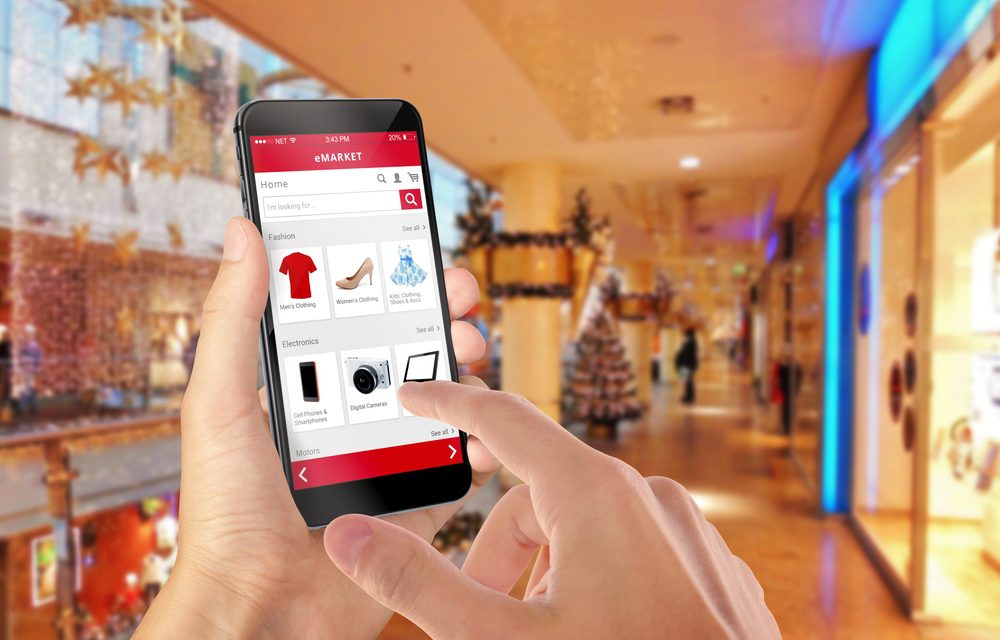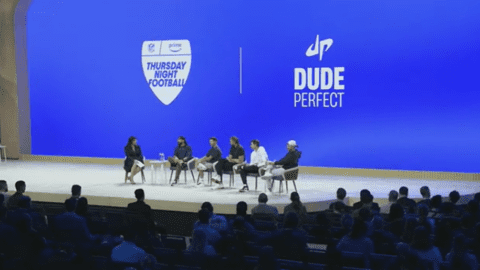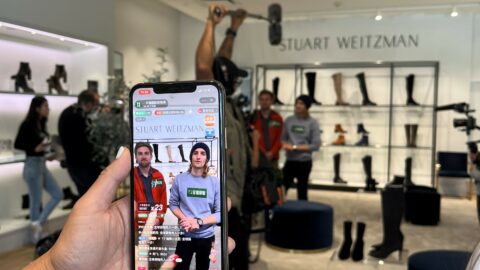The period from Thanksgiving through Cyber Monday was a rousing retail success, with more than 165 million Americans shopping either in-store or online, according to the National Retail Federation (NRF) and Prosper Insights & Analytics. The average spend across all consumers was $313.29 over the five-day period, down slightly from the $335.47 spent in 2017.
More than 89 million people shopped both online and in-store, up nearly 40% from 2017, and multichannel shoppers outspent single-channel shoppers by up to $93 on average. Other key takeaways include:
- This was truly the year of the smartphone, and mobile conversion rates eclipsed desktop for the first time. Additionally, app downloads and usage rates were very high;
- Outside the U.S., Black Friday was a bigger day than Cyber Monday. In fact, many U.S. retailers are now offering Black Friday deals for shoppers in foreign countries; and
- Mobile ad spend brought strong returns due to the greater number of shoppers using these devices.
Mobile Has Evolved From A Search Tool To A Purchase Platform
Mobile devices are perfectly suited to a holiday like this one, when shoppers visiting with family don’t have access to their home computer — but they do still have the phone in their pocket. As a result, mobile accounted for 54% of e-Commerce sales on Thanksgiving, surpassing desktop for the first time, according to Salesforce. However, shoppers using desktop devices generated a higher average order value (AOV) than those on mobile.
“Generally speaking, the primary shift over the holiday was based on macro-level audience and shopping trends, which involve more time spent on tablets and cellphones,” said Chris Innes, COO of SteelHouse in an interview with Retail TouchPoints. “When reviewing audience segment sizes before and after the holiday, we found that mobile was significantly higher than desktop compared to a non-promo timeframe. This is likely because users were out and about shopping or visiting family and less likely to be browsing on desktop devices.”
The factors boosting mobile helped the channel remain strong through Cyber Monday, according to NetElixir. Compared to 2017, the share of shoppers browsing on mobile devices rose significantly on key days:
- Thanksgiving: Mobile accounted for 75.4% of visits, up from 70%;
- Black Friday: 73.5% of visits, up from 68.9%; and
- Cyber Monday: 67.1% of visits, up from 60.9%.
Mobile’s share of total e-Commerce conversions grew compared to the previous year as well:
- Thanksgiving: 58.7% of orders, up from 53.7%;
- Black Friday: 55.5% of orders, up from 50.7%; and
- Cyber Monday: 48.5% of orders, up from 43.6%.
Despite mobile’s impressive numbers, desktop devices remain important: the AOV on mobile was 52% lower than on desktop. But mobile’s sheer volume of purchases can help make up for smaller individual order sizes, particularly in categories where impulse buys are common, such as apparel (where mobile accounted for 67.8% of e-Commerce orders) and beauty (where mobile made up 60.3%).
Apps were responsible for a large share of mobile spending, totaling 44% in the U.S., according to Poq. This is in line with overall app revenue growth, which now accounts for 34% of all mobile revenue (up 51% from 2017) and 20% of all e-Commerce revenue (up 40% from 2017).
The holiday weekend also proved to be an excellent time for retailers to get their apps out to new customers: 10 million people downloaded shopping apps in the U.S. between Thanksgiving and Cyber Monday, according to AppAnnie. The breakdown of individual days was:
- Thanksgiving: 1.8 million downloads, up 25% compared to 90 days prior;
- Black Friday: 2 million downloads, up 35%; and
- Cyber Monday: 1.8 million downloads, up 25%.
Black Friday Is Famous Globally, And Still Growing Rapidly
While Black Friday originated in the U.S., the holiday’s fame has spread worldwide: global Black Friday e-Commerce sales grew at a rate 34% higher than Cyber Monday sales, according to eShopWorld. As e-Commerce continues expanding worldwide, shoppers are taking advantage of global promotions.
“We believe it is because the cultural phenomenon [and] the terminology around Black Friday is something that people are aware of, and they are newly able to buy more and more directly from American companies,” said Cynthia Hollen, President, U.S. at eShopWorld. “As they access to participate in Black Friday sales that they have always heard about, it’s something they’re jumping on top of.”
While Black Friday generated the fastest growth rate, the entire Thanksgiving weekend saw a sales boost compared to 2017. The five countries that generated the highest revenue growth during the period were:
- Russia, where revenues rose 137%;
- Australia, where revenues rose 114%;
- UK, where revenues rose 71;
- Canada, where revenues rose 23%; and
- Germany, where revenues rose 17%.
The Saturday and Sunday after Thanksgiving are also notable shopping days outside the U.S., since only Americans can expect to get Thursday and Friday off, while shoppers in other countries have more time to shop over the weekend. Due to this, the UK and Germany both saw higher e-Commerce sales growth over the weekend than they did on either Black Friday or Cyber Monday.
Mobile Ad Spend Rises As Users Multiply
The increase in shoppers browsing and buying on mobile has also led to a boost in outreach: the number of ads served on mobile devices doubled on both Black Friday and Cyber Monday 2018 compared to 2017, according to SteelHouse. Retailers were well-rewarded for their efforts in this area:
- Return on ad spend on mobile ads was up 35% on Black Friday and 17% on Cyber Monday compared to 2017;
- Mobile order value increased to 10% (up from 3%) on Black Friday and to 8% (from 2%) on Cyber Monday; and
- Retailers saw a 29% increase in mobile conversion rates compared to 2017.
Contextual, moment-based ads are particularly important in mobile marketing, according to Fiona Swerdlow, VP, Research Director at Forrester. These ads should be served when they will be most impactful, and should directly link to a mobile-optimized page with quick access to store and product information.
For ads in general, retailers were somewhat divided on whether they favored “loud,” flashy ads with a focus on deep discounts, or “quiet” ads that drew less attention themselves. The choice largely depends on the brand itself. For example, while price is a strong sales driver, Nike only posted a small Black Friday discount code where it puts its daily deals.
“‘Loud’ marketing is designed to drive both awareness as well as immediate web traffic and conversion,” said Swerdlow. “On big holiday shopping days like Black Friday and Cyber Monday there’s lots of noise, so promotions with hard deadlines make sense and appeal to customers. Conversely, if a brand needs to maintain price points on most products, it may take a more brand-focused approach to marketing on big shopping days, and be creative with things like free shipping or promoting its company values (e.g. REI’s now-famous annual #OptOutside initiative).”
Retailers also can harness smart advertising to help them tap the growing global Black Friday market. Improvements in personalization technology let brands approach each customer in their own language with local deals that appeal to them, and retailers should use these tools to create unique promotions suited to each market.
“We’re seeing more retailers and more brands looking for ways that they can build a deep, personal relationship with shoppers in every single country — differentiating a global shopper from a local shopper,” said Hollen. “The world is just getting flatter, and retailers can have a conversation with shoppers in their own language and on their own sites to have the relationship they want to have.”
Ultimately, the story of this Thanksgiving weekend was one of technology making connections — mobile devices letting people shop while spending time with their families, and global shoppers participating in an American holiday. By studying how these tools drove sales on Black Friday and Cyber Monday, retailers will be able to carry the weekend’s success to the rest of the holiday season.













